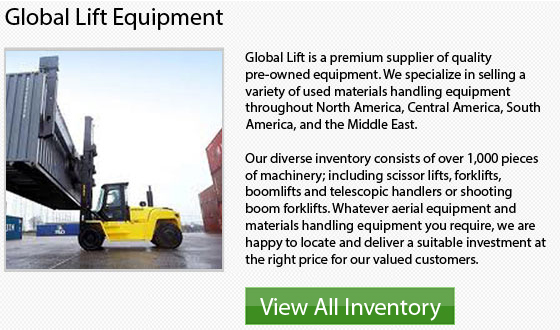
Lift truck operators are usually on the trucks more than 7 out of 8 hours a day in several forklift corporations. Operators would be asked to always unload and load trucks all day long. Many of these operators do not need to check with supervisors really often, nor do they need to deal with paperwork. Sometimes they are doing the same task during the shift for the duration and they don't even have to move the forks to adapt to various loads. These operators typically find the forklift counterbalance sit-down units a lot more comfortable and efficient.
Maneuvering space depending on the location, some facilities have a lot of space in which forklifts and machines could operate in. In these situations, an engine powered or 4-wheel electric lift truck remains a key player in the warehousing fleet.
Other facilities are crammed to capacity on the other hand with limited space for forklift maneuverability. These facilities might have staging areas and shipping departments to work out of. In this specific situation, a stand-up end control or a 3-wheel electric lift truck model can appear to be a better choice.
You can determine how to choose the correct truck and select the correct tire depending on your environment and particular tasks you will be performing. Next is a short profile to show you the various kinds of tires offered.
Cushion Tire Trucks - The cushion tire has been specially designed for use on both concrete or asphalt surfaces. More commonly, they are specified for indoor work within warehouses, manufacturing facilities and distribution centers. Commonly cushion tire forklifts are smaller compared to similar capacity pneumatic units; hence, they usually cost less. This makes their resale value a lot less as well.
Pneumatic Tire Trucks - On improved surfaces, the pneumatic tire lift truck can work indoor and outdoors as long as these surfaces consist of hard-packed dirt or blacktop and stone. Rough terrain locations such as severely potholed lots or plowed fields are not ideal. The trucks are equipped with a bigger frame. Typically, pneumatic tire trucks are more expensive compared to cushion tire units. With regards to resale, normally the pneumatic units offer higher value. This is in part due to their overall surface versatility and the large amount of maneuvering space they offer.